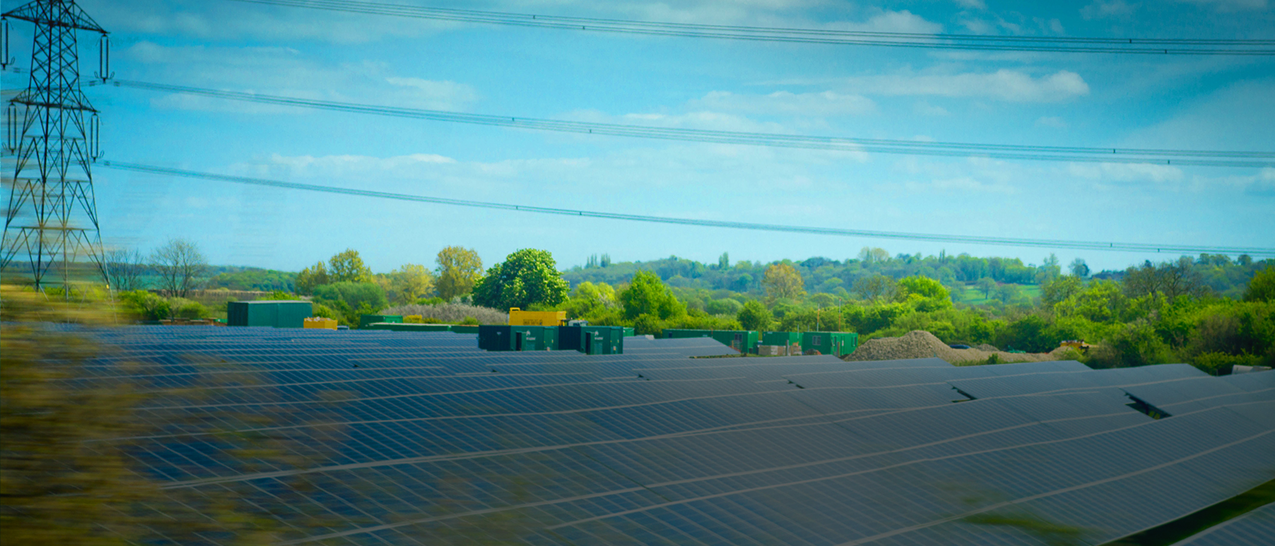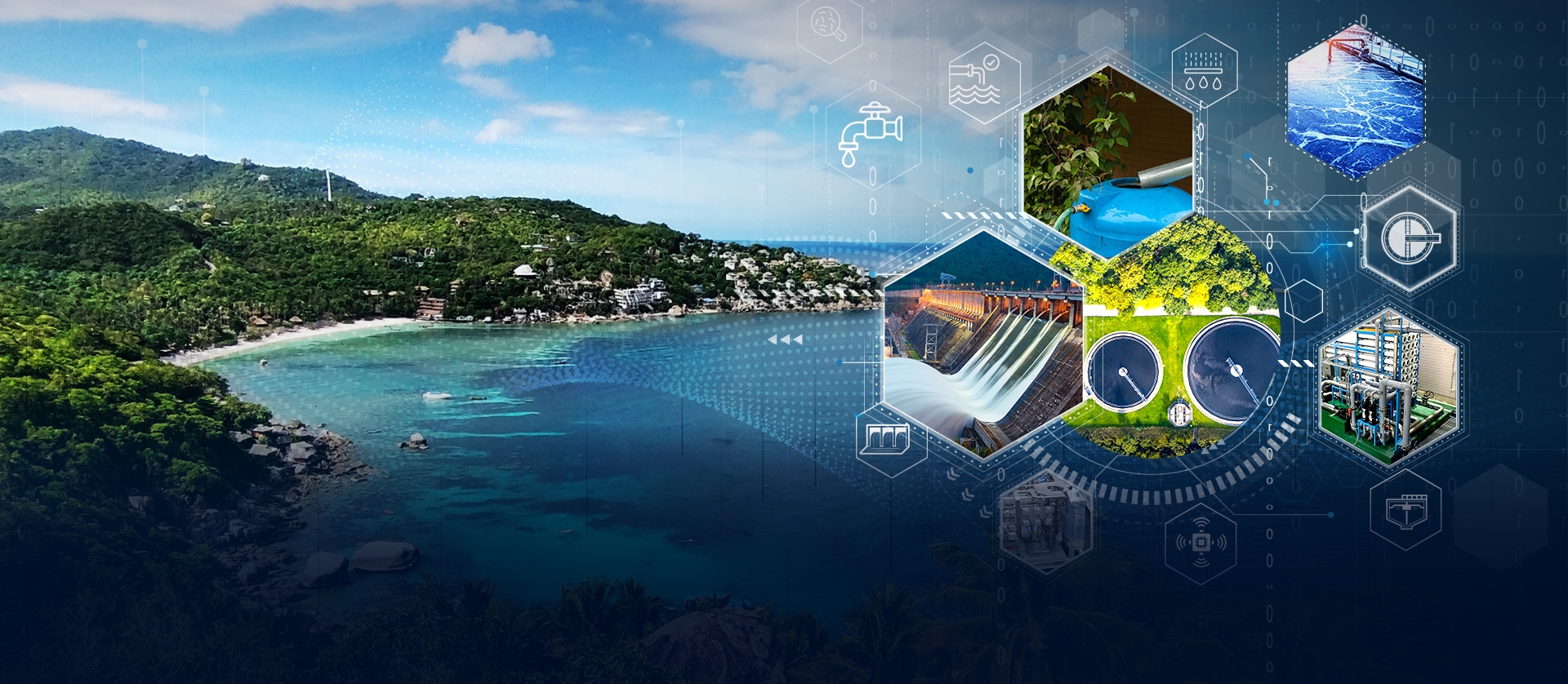

Charging Ahead: Accelerating E-Mobility Growth in Southeast Asia
A Sustainable Drive Forward
In Southeast Asia, a dynamic region with a population exceeding 680 million people, rapid urbanisation and economic growth are also giving rise to environmental challenges such as air pollution and carbon emissions. To ensure sustainable growth of the region, there is a pressing need to accelerate the adoption of electric mobility (e-mobility). Governments, industry players, and consumers are coming together to drive the shift toward a more sustainable future.
The Need for Accelerating E-Mobility in Southeast Asia

- The World Health Organization (WHO) has pointed out that 9 out of 10 people in the region breathe air exceeding the WHO’s guideline limits for pollutants.
- In terms of transport emissions, Southeast Asia bears significant responsibility, accounting for 40% of global greenhouse gas emissions and 23% of carbon dioxide emissions.
- The transition towards fleets electrification (both private and public) especially consisting of Medium-Duty and Heavy-duty Vehicles (MDHDV) can be a powerful catalyst ushering in sustainable mobility. Electric Vehicles (EVs) produce zero tailpipe emissions, reducing air pollution and greenhouse gas emissions, thus addressing these environmental concerns.
- Hitachi accelerates the journey toward carbon neutrality by harnessing the power of technology to address the challenges faced by Fleet operators when contemplating the transition to electric vehicles.
Why Electric Mobility?
Green and Efficient - Alternative to conventional combustion engine vehicles
Better environment and public health
As the electricity grid becomes greener, the overall carbon footprint of EVs decreases
Reduced dependency on fossil fuels
Zero tailpipe emissions, lowering air pollution, and enhancing air quality in cities
A step towards achieving climate goals
Driving E-Mobility: Initiatives Fueling E-Mobility Growth Across Southeast Asia
Southeast Asian countries are building their domestic industries as essential to the EV ecosystem by developing materials supporting supply chain resilience. They are also implementing economic policies, conducting pilot projects and demonstrations, and investing in charging infrastructure development.
According to Reports*:
Indonesia
By 2030
90%
of urban transit buses are to be replaced with e-buses
Malaysia
Targeting
2,000
e-buses by 2030
Philippines
Aims for
21%
EVs in total vehicle sales by 2030
Singapore
Plans to replace
3,000
public buses with
e-buses by 2030 and phase out internal combustion engine (ICE) vehicles by 2040
Thailand
Targeting
33,000
zero emission vehicle (ZEV) bus sales by 2030

Powering the Shift: Hitachi is Transforming the Transportation Landscape in Southeast Asia and Beyond
With a range of next-generation technologies and expertise, Hitachi’s solutions cater to commercial fleets such as buses along with the infrastructure, enabling optimised systems, energy savings, and revenue streams while concurrently lowering risks. Some notable solutions that Hitachi offers include:
- Smart grids for efficient EV charging and renewables integration
- Electrification of commercial vehicle fleets
- Advancements in EV battery technology
- Battery energy storage systems supporting EV charging and grid stability
- Vehicle-to-Grid (V2G) technology for bi-directional power flow
- Charging management systems via smooth installation and maintenance services
- End-to-end charging, vehicle, and battery management systems to monitor, usage, operations and battery life for the vehicle across the entire battery lifecycle
- Second life battery solutions, including battery-as-a-service (BaaS)
- Intelligent transportation systems optimising EV charging and traffic management
These advancements and solutions contribute to the growth of a vibrant EV Ecosystem, reducing greenhouse gas emissions and promoting sustainable transportation.

Collaborative Drive: We Are All in This Together
Date of Release: September 2023













